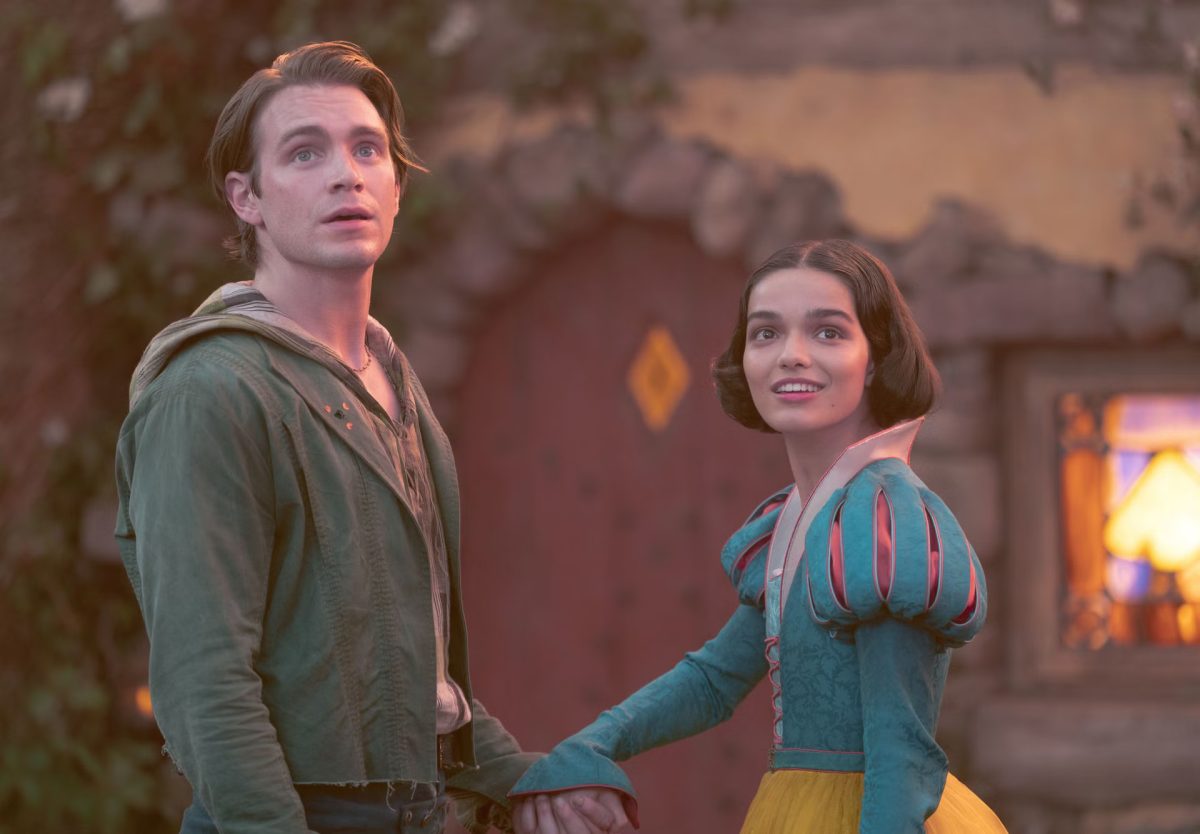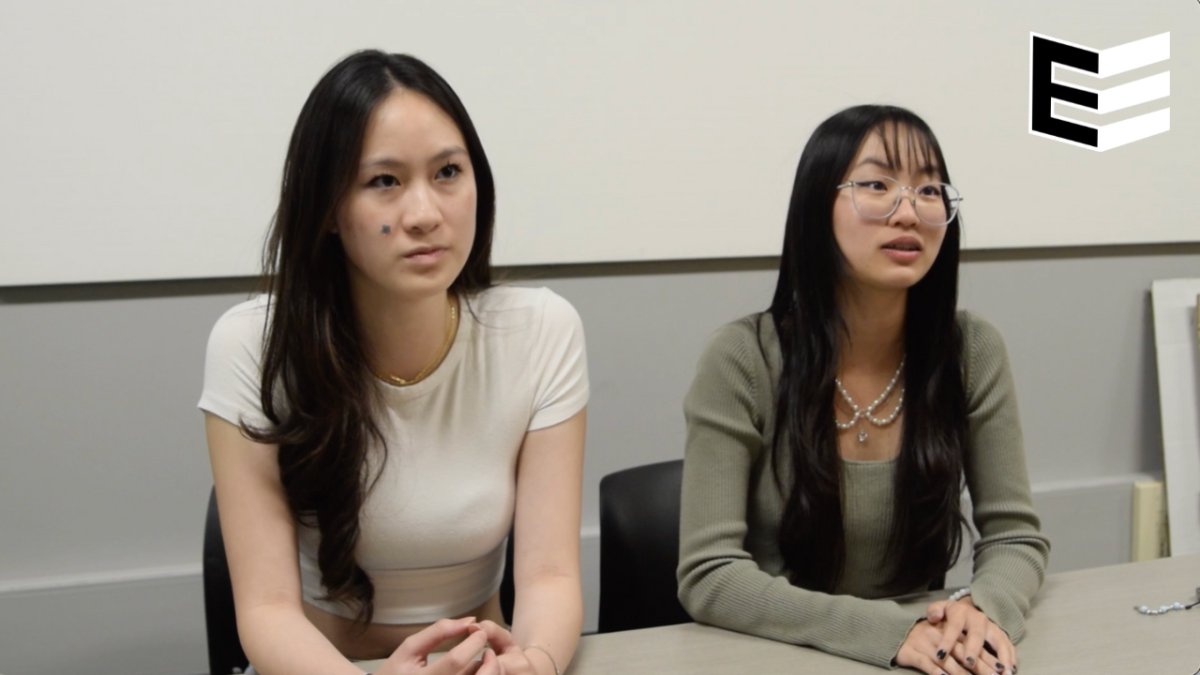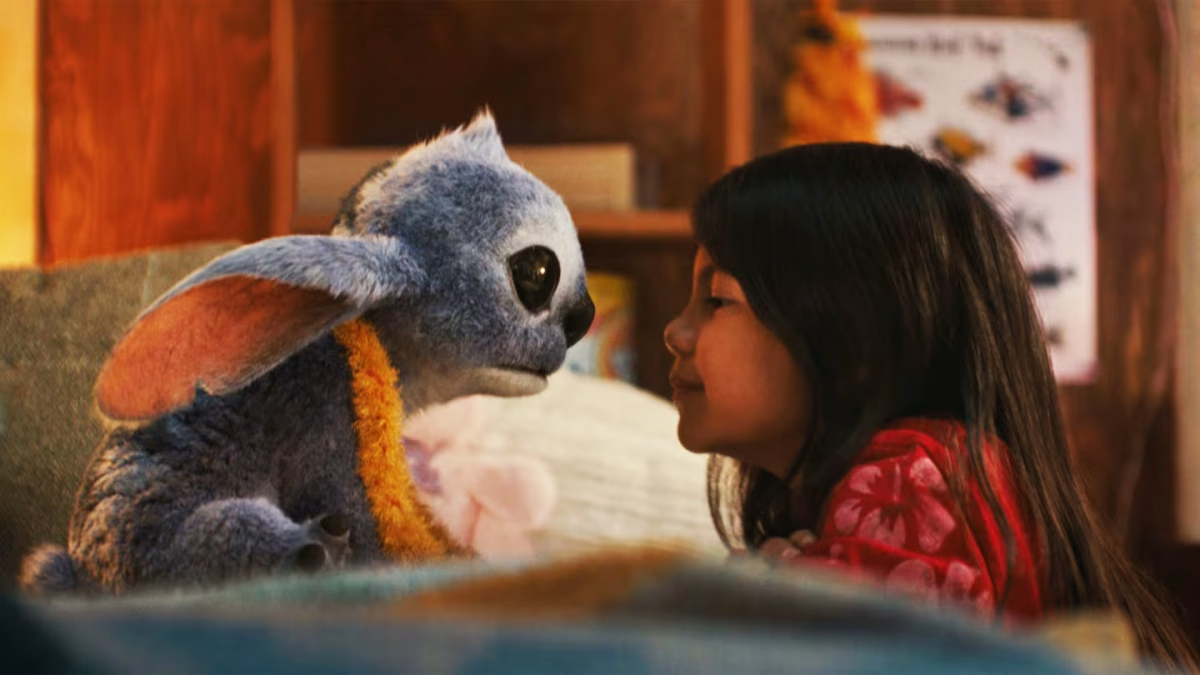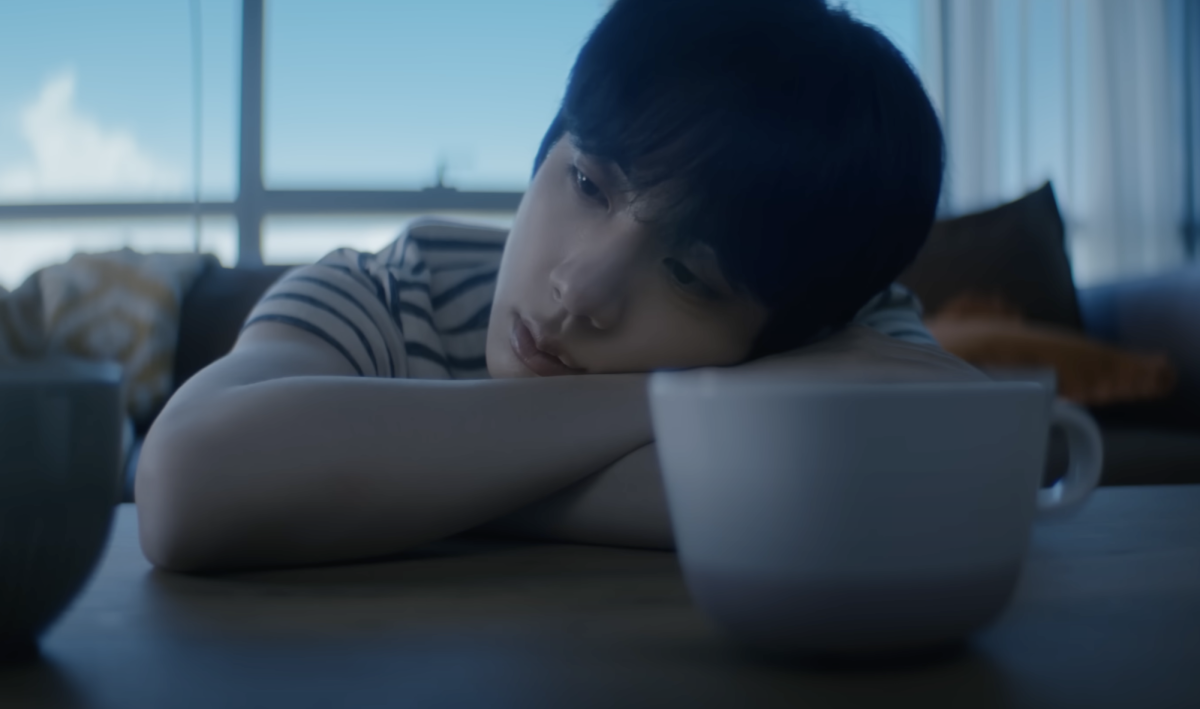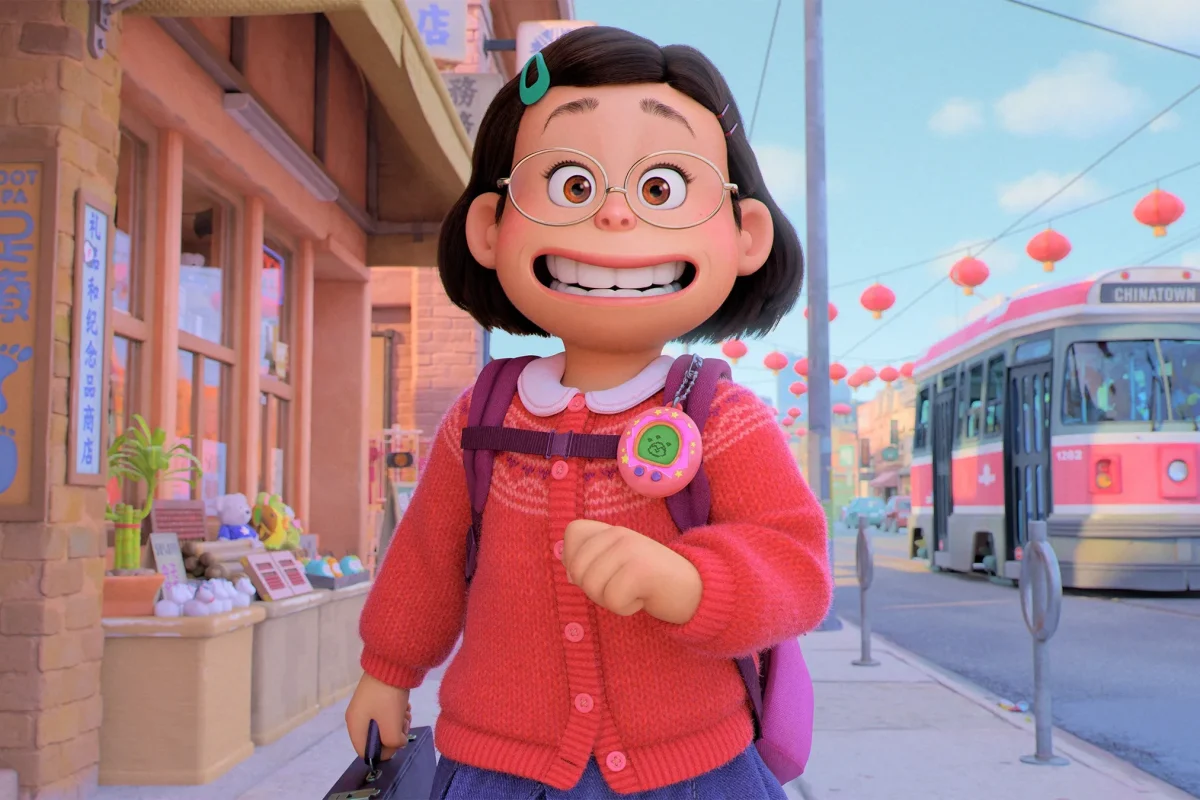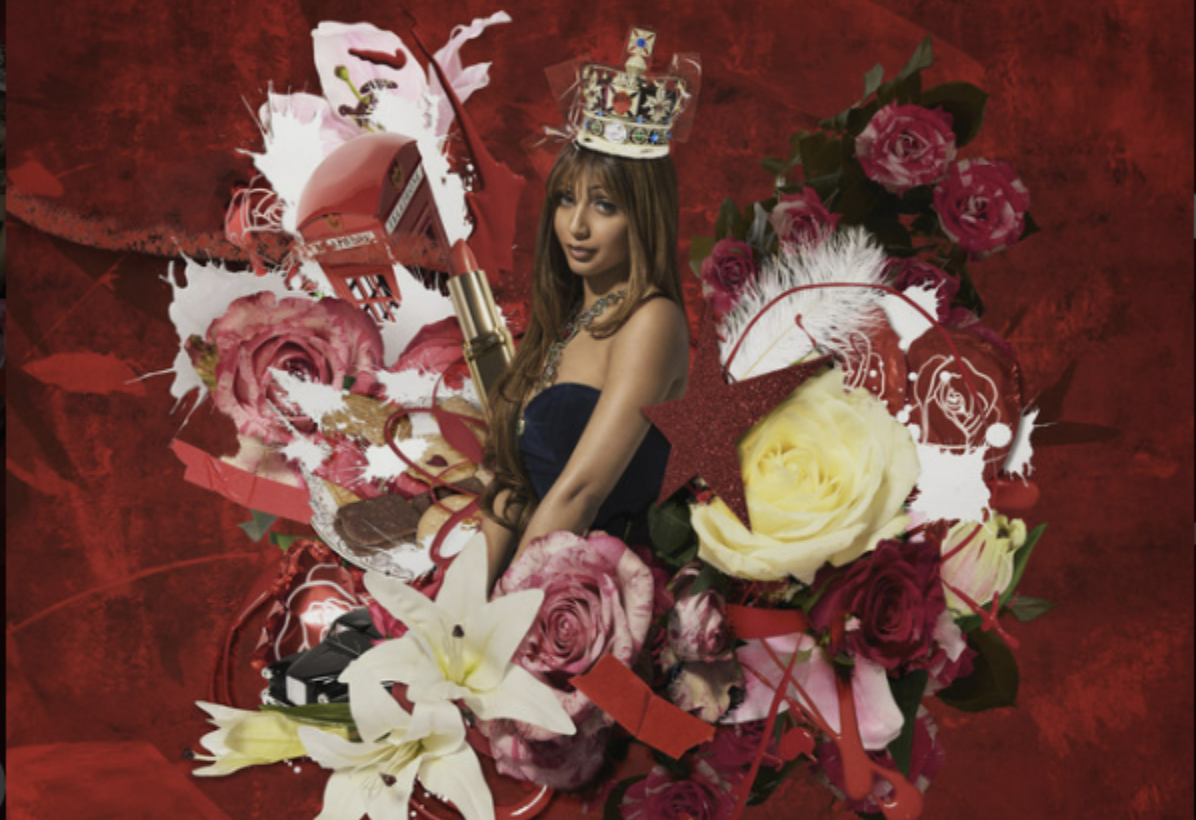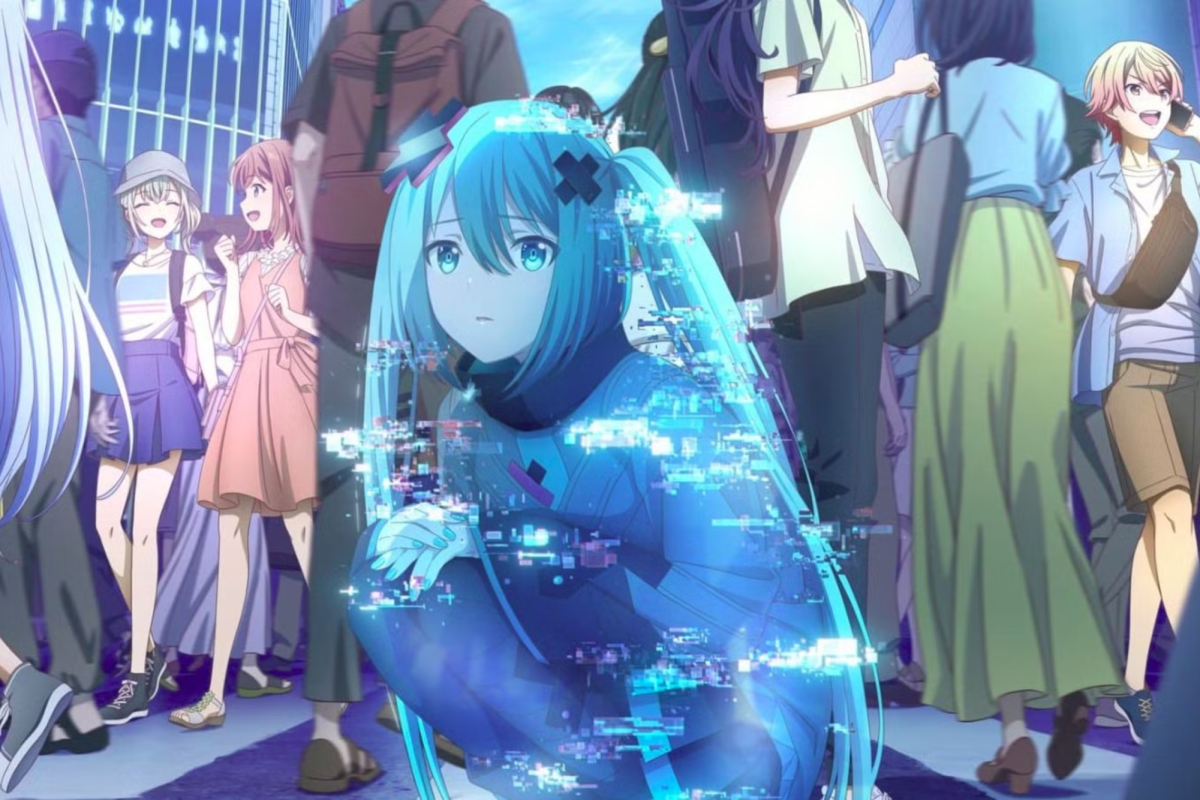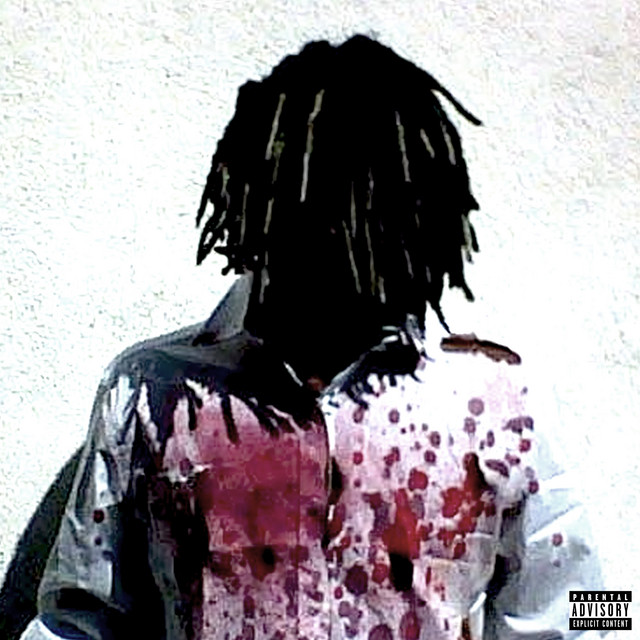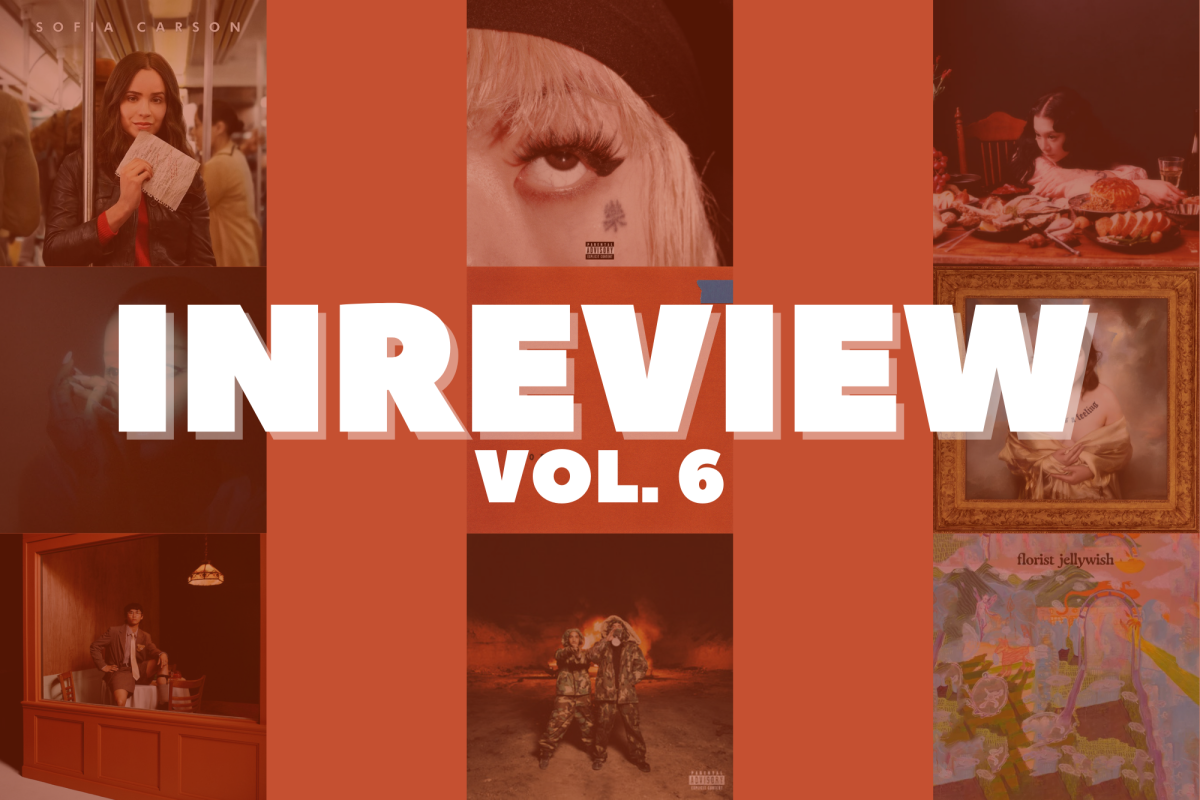In a flurry of color, creation and controversy, Disney’s remake of “Snow White” hit theaters on March 21. An adaptation of Disney’s first princess movie, this new version of “Snow White” attempted to modernize outdated concepts while staying true to the story of the iconic apple-loving princess. While the film has ended up becoming one of Disney’s most expensive projects, with a production cost of $270 million, it failed to deliver an impact worth the studio’s effort, barely making $14 million within its first nine days in theaters. As Disney’s 26th live-action remake and yet another flop, the film’s lack of financial success only supports the popular idea Disney has finally run out of ideas.
Its box office shortcoming was less than a surprise, given the film faced intense backlash in the years leading up to its release. One of the biggest public outcries came after Rachel Zegler was cast as Snow White, as she is a person of color playing a princess whose last name is literally “White,” causing backlash from Disney fans, with one comment even calling the film “forceful diversity.”
In addition to Zegler’s race, comments that refer to the film as “old-fashioned” also played heavy roles in the widespread hate. Along with those comments and the studio’s casting choices, choosing to use CGI to depict the seven dwarfs added an influx of negativity, causing many people with dwarfism to criticize the decision including prominent actor Peter Dinklage, who has a form of dwarfism himself.
Despite facing negativity from start to finish, the film was produced and released nonetheless, proving to have surprisingly meaningful messages, but heavily disappointing execution. The movie kept most elements of the original tale, but added a couple new twists in an effort to modernize the film’s values.
The film opens with a montage of Snow White’s childhood. The vibrant color scheme and joyful atmosphere set the stage for a glimpse into the kingdom before the untimely death of its rulers. However, this tedious exposition dragged on, taking up nearly 20 minutes of the film. This issue of placing emphasis on the wrong moments is a common problem throughout the movie, especially with the bizarre camera work and offbeat fluctuation of dialogue.
The camera angles consisted of an excessive amount of panning shots throughout the movie, but rapidly shifted during action scenes, turning shakier and shifting from third person to first person. This inconsistency was an unwelcome addition, as it caught the audience off-guard and disrupted the flow. This was seen in the dialogue as well — while Zegler delivered a convincing performance, her counterpart Gal Gadot, who played the Evil Queen, seemed to announce each line with flair and dramatics, but no real emotion. For every theatrical declaration the Evil Queen made, the complete lack of passion behind the words caused Gadot to come off sounding bland and dry, making her performance as realistic as the CGI dwarves.
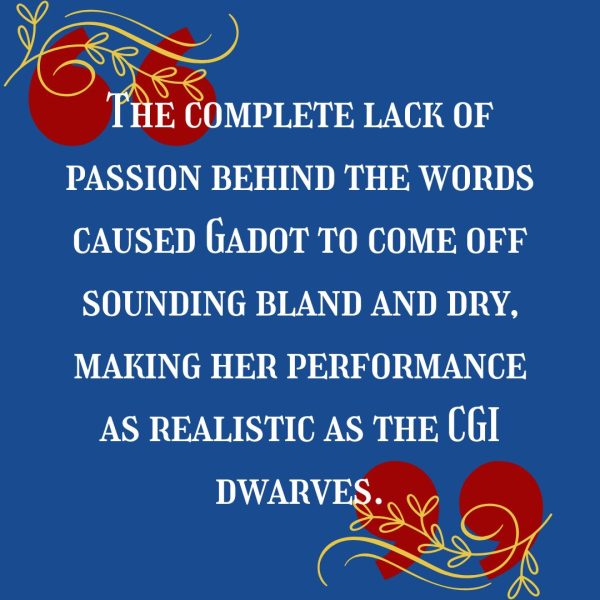
The dwarves in question were also a key part of the film, as choosing to use CGI for them led to each dwarf appearing overly animated, leaving the audience slightly unnerved by their uncanny-valley appearance. Like the dwarves, the other inhabitants of the Enchanted Forest looked similarly cartoonish, suggesting that the hyper-animation might have been intentional to add whimsy. If this is what the film was aiming for, it only succeeded due to the other magical parts of the setting, including gorgeous scenery and coordinating costume designs, portraying an enchanted forest perfectly.
Color schemes and background visuals brought a sense of cohesiveness to the film, as well as a plant metaphor referenced many times in the plot. The story emphasized the importance of letting things grow during the start, even dedicating a song to it called “Where the Good Things Grow.” Later, the queen uses the plant metaphor when referring to Snow White as a flower, calling her weak and fragile. The use of this metaphor plays an important role in the difference between how the kingdom and the queen view nature, using the queen’s negative view of nature to better cement her identity as the villain. This also comes back at the end of the film when the kingdom reprises “Where the Good Things Grow” in support of Snow White, creating a full circle moment for her journey.
This plant metaphor was not a component of the original film though it’s a nod to the original Snow White’s nature-loving character, and it was one of the many new elements that elevated the movie. Another plot change that achieved this was the changed meaning of one of the film’s most important words: fairness. In the original story, the Evil Queen looks in her mirror and asks, “Mirror mirror on the wall, who is the fairest of them all?” evidently talking about her paleness, an idea that was the beauty standard at the time. However, it is not 1937 anymore, and paleness no longer remains the only way to achieve beauty. Considering the outdated message, the film chose to use the other definition of fair, putting more emphasis on Snow’s ability to be a just, equitable and open-minded ruler rather than look beautiful.
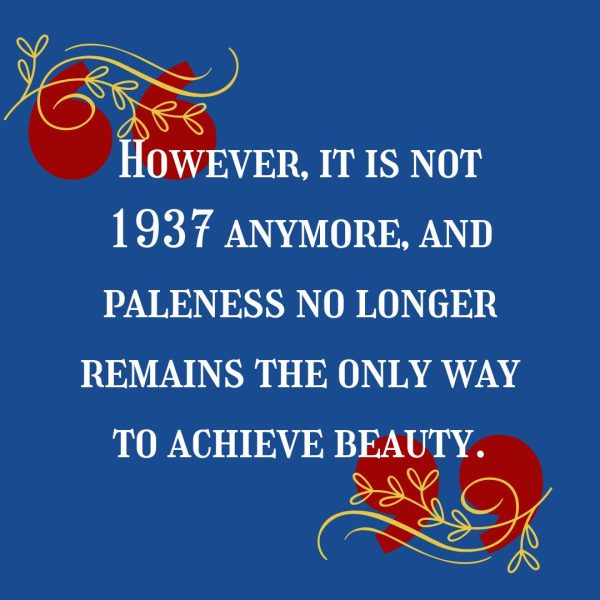
Additionally, by eradicating Snow White’s prince and giving her an alternative love interest, Jonathan (Andrew Burnap), Snow White defeated the queen all on her own, rather than having a man do it for her. By establishing Snow White’s personality as a gentle, kind-hearted character while also giving her the ability to be a spectacular, self-saving hero, the film delivered the message that even a soft-spoken princess can still be a fighter and make the change she wants to see.
While the film did a spectacular job in shining a light on several of these important messages, the impact of those themes were overshadowed by the more negative aspects of the film and its prior controversies, blocking it from being taken seriously. The movie tries to write a new story into the old one, connecting the coveted Disney princess with modern feminist values, but fails to connect to audiences and disappoints in execution. The poor camera work, dialogue and executive decisions hold back the real potential of the film, resulting in a complete and utter flop of a movie.
RATING: 2/5



